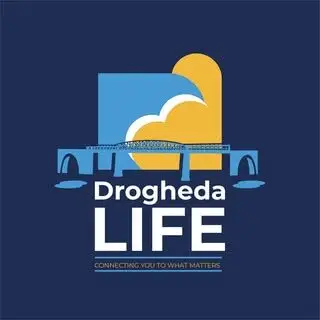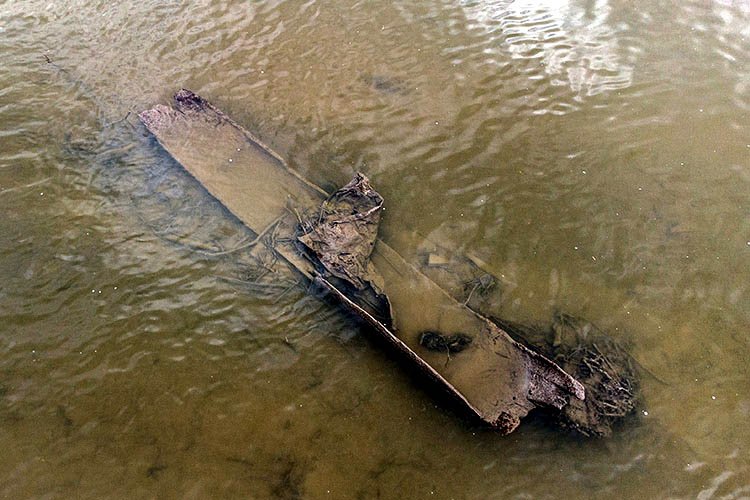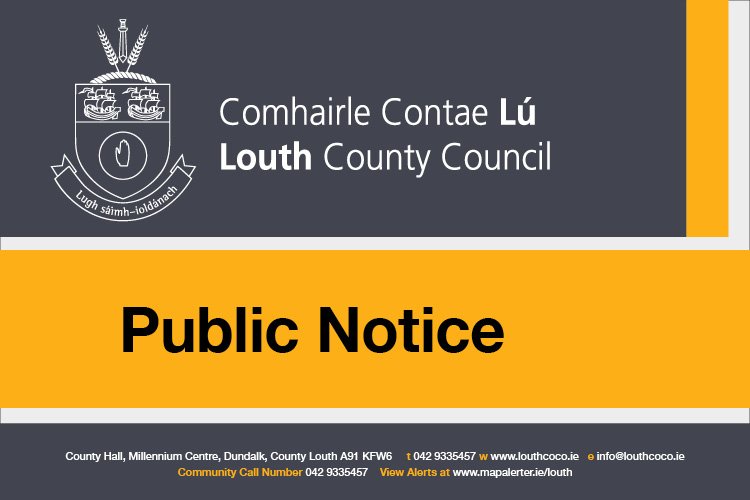Two out of three logboats spotted in the Boyne river in Drogheda by local citizen archaeologist Anthony Murphy are understood to be new discoveries.
Mr Murphy was using a drone when he found the first one nearly two weeks ago; at the time he had been looking for a dolphin seen in the river.
In the heatwave of 2018 he made international headlines when, with a friend Mr Ken Williams, he found a previously unknown henge near Newgrange, county Meath using a drone.
It became known as ‘Dronehenge’ and has continued to make international news.
The three logboats are all within 500 metres of each other and a short distance west of the town centre in the direction of Oldbridge.
On his ‘Mythical Ireland’ Facebook page Mr Murphy said he had been informed by the Underwater Archaeology Unit of the National Monuments Service that, ‘of the three dugout boats I spotted in the River Boyne in Drogheda recently with my drone, numbers #1 and #3 are news discoveries.’
Mr Murphy said, “I’m over the moon. I’m particularly pleased that two dugout boats I found are new discoveries because it had been reported that the first one had already been notified to the National Monuments Service last year.”
It is instead understood that the second logboat Mr Murphy identified was actually the one that was previously known about.
Mr Murphy said, “the Boyne Valley continues to astound us. Along with its cluster of great monuments – some of the largest and most lavishly decorated in Europe – it now seems there is a cluster of logboats in the bed of the River Boyne.”
“It opens up exploration of an immensely interesting past to a wide audience, especially because of the publicity around the finds.”
“Early indications would suggest that boat #1 dates from medieval times, and even that covers a broad range of dates from 400AD to about 1650AD. Logboat #3 seems to be similar in design, but hasn’t been examined by specialists yet so it’s too early to date.”
In 2016 anglers found a logboat at Oldbridge, some 4kms further west, which dated to the Neolithic and Mr Murphy said, “we could speculate that it might have been used by the builders of the great monuments of Brú na Bóinne because it dates roughly to that time period.”
Dr Stephen Davis, UCD School of Archaeology, said the newly identified logboats, “show yet again how significant the Boyne and the Brú na Bóinne World Heritage Sites are, both nationally and internationally.”
“It is quite possible that a survey of this sort might give similar results in other shallow or tidal Irish river systems.”
“There is every reason to assume that similar finds might be present in deeper stretches of the river where the river bottom is not visible from the air.”
In 2019 Dr Davis led a survey, believed to be the first of its kind, of the Boyne river bed near to the famous monuments of Newgrange and Knowth.
It was part of a project to focus on the role of the Boyne which is at the heart of the “Bend in the Boyne” and identified what could be neolithic log boats as well as boulders, perhaps intended to be used in the building of Newgrange or Knowth, in the river bed of the Boyne, near to the famous monuments.
He said, “Anthony Murphy should be congratulated for not only spotting something of interest but also bringing it to the attention of the correct authorities in the National Monuments Service and Underwater Archaeology Unit.”
Meanwhile, Mr Murphy said that until recently he believed drones “were only useful over land, but my recent finds prove they can be useful in finding things underwater too.”
He welcomes the positive publicity around drone usage and said, “I think the usefulness of drones in archaeological reconnaissance has been proven beyond doubt.”
“I have sadly been threatened on a couple of occasions by people who saw me flying my drone. I’d like to think that soon that sort of confrontation will become a thing of the past as people realise drones are not only here to stay, but that they have tremendously useful applications.”




